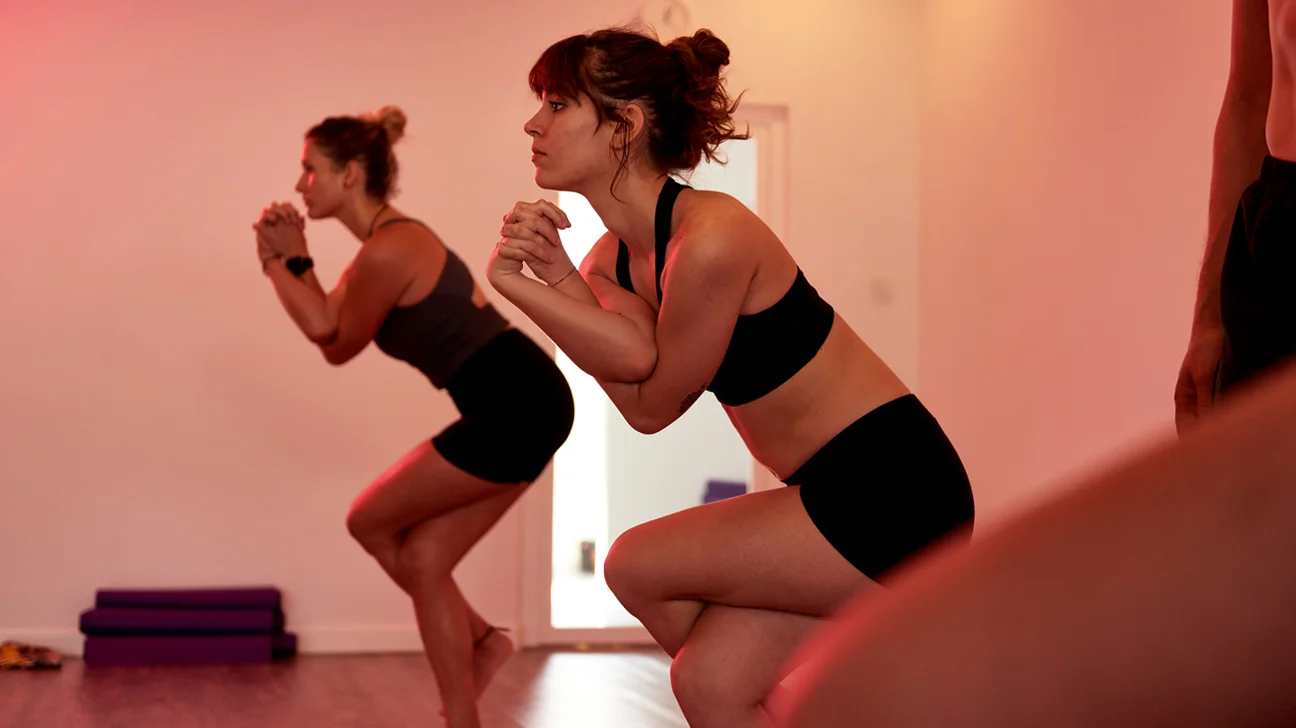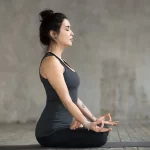 I. Introduction
I. Introduction
Power Flow Yoga: Invigorate Your Practice and Energize Your Body and Mind
In today’s fast-paced world, where stress and distractions are abundant, finding a practice that helps reconnect the mind, body, and breath has become increasingly important. This is where Power Flow Yoga comes in. Power Flow Yoga is a dynamic and energizing form of yoga that combines movement, breath, and strength-building to create a transformative experience. In this article, we will explore the principles and practices of Power Flow Yoga, and understand why it has gained popularity and the numerous benefits it offers.
II. Understanding Power Flow Yoga
A. Definition and origins
Power Flow Yoga, also known as Vinyasa Flow Yoga, is a style of yoga that originated from the traditional Ashtanga Yoga. It was developed in the late 20th century as a more accessible and inclusive form of yoga, while retaining the flowing sequences and challenging postures that Ashtanga Yoga is known for.
B. Key principles and concepts
- Dynamic sequencing and fluid movements Power Flow Yoga is characterized by the continuous movement from one pose to another, creating a seamless flow of sequences. These sequences are intelligently designed to create a balance between strength, flexibility, and endurance.
- Breath synchronized with movement One of the fundamental principles of Power Flow Yoga is linking breath with movement. By synchronizing the breath with each pose and transition, it helps cultivate a deeper sense of focus, awareness, and mindfulness.
-
Building strength, flexibility, and balance Power Flow Yoga incorporates a variety of challenging poses and sequences that help build strength and flexibility in the body. The practice also emphasizes balance, both physically and mentally, as practitioners learn to find stability and grace in the dynamic flow.
III. Techniques and Practices in Power Flow Yoga
Power Flow Yoga is a dynamic and invigorating style of yoga that combines strength, flexibility, and cardiovascular fitness. This practice is characterized by a continuous and flowing sequence of poses, synchronized with the breath, resulting in a moving meditation. In this article, we will explore the various techniques and practices involved in Power Flow Yoga and the numerous benefits it offers for the mind and body.
A. Energizing Warm-Up and Sun Salutations
- Dynamic stretches for improved flexibility:
Before diving into the main practice, it is essential to warm up the body and prepare it for the physical demands of Power Flow Yoga. Dynamic stretches such as arm circles, leg swings, and torso twists can help to improve flexibility and range of motion. These movements stimulate the muscles, increase blood flow, and reduce the risk of injury.
- Sun Salutations to engage the entire body:
Sun Salutations, or Surya Namaskar, are a series of poses that form the foundation of Power Flow Yoga. They create a heat in the body and build strength, flexibility, and endurance. Sun Salutations typically consist of a sequence of lunges, plank pose, upward-facing dog, and downward-facing dog. This flowing movement helps to warm up the major muscle groups and engage the entire body.
B. Sequencing and Vinyasas
- Intelligently sequenced poses for a balanced practice:
Power Flow Yoga is often structured around intelligently sequenced poses that create a balanced and well-rounded practice. This means incorporating a variety of poses that target different muscle groups, such as standing poses, backbends, twists, and inversions. The sequence may also include progressions and variations of poses to challenge and deepen the practice.
- Fluid transitions between poses for a continuous flow of energy:
Vinyasas, or flowing movements, are an integral part of Power Flow Yoga. These fluid transitions create a continuous flow of energy, linking one pose to the next seamlessly. Vinyasas are often performed between standing poses, inversions, and backbends. They help to build strength, improve cardiovascular health, and create a meditative flow.
C. Core Strength and Balancing Poses
- Engaging the core muscles for stability and support:
Power Flow Yoga places a strong emphasis on core strength, as it provides stability and support for the entire body. Poses that engage the core muscles include plank pose, boat pose, and forearm plank. By strengthening the core, practitioners can improve overall body control, balance, and posture.
- Balancing poses to cultivate focus and concentration:
Balancing poses, such as tree pose, warrior III, and crow pose, require both physical and mental concentration. These poses challenge the body’s equilibrium and cultivate focus, concentration, and body awareness. Balancing poses also help to strengthen the muscles in the legs, ankles, and feet.
D. Inversions and Arm Balances
- Upside-down poses for building strength and confidence:
Inversions, which involve turning the body upside down, are a significant aspect of Power Flow Yoga. Poses such as headstand, handstand, and shoulder stand help to build upper body strength, improve circulation, and develop balance and stability. Inversions also stimulate the nervous system, provide a fresh perspective, and promote mental clarity.
- Arm balances to develop upper body strength and alignment:
Arm balances, such as crow pose, side crow, and flying pigeon, require significant upper body strength, core stability, and proper alignment. These challenging poses enhance upper body strength, improve coordination, and develop body awareness. Arm balances also cultivate courage, confidence, and a greater sense of self.
IV. Benefits and Mind-Body Connection in Power Flow Yoga
A. Physical benefits
- Increased strength, flexibility, and endurance:
Power Flow Yoga is a physically demanding practice that builds strength in the muscles, particularly in the arms, legs, and core. The practice also improves flexibility and range of motion in the joints, allowing for greater freedom of movement. Regular practice of Power Flow Yoga can also increase endurance and stamina.
- Improved balance and coordination:
The balancing poses and fluid transitions in Power Flow Yoga help to improve balance and coordination. By challenging the body’s equilibrium and practicing mindful movement, practitioners develop greater stability and body control both on and off the mat.
B. Mental and emotional benefits
- Reduction in stress and anxiety:
The flowing movements, synchronized with the breath, in Power Flow Yoga help to calm the mind and reduce stress and anxiety. The practice promotes relaxation and encourages a state of mindfulness, allowing practitioners to let go of tension and mental chatter.
- Enhanced focus, mindfulness, and self-awareness:
Power Flow Yoga requires concentration and full presence in the practice. By focusing on the breath, the body, and the movements, practitioners develop a greater sense of mindfulness and self-awareness. This heightened awareness can become a valuable tool for managing stress, improving mental clarity, and enhancing overall well-being.
In conclusion, Power Flow Yoga is a dynamic and powerful practice that integrates physical strength, flexibility, and mental focus. By incorporating energizing warm-ups, intelligent sequencing, core strength and balancing poses, inversions, and arm balances, Power Flow Yoga provides numerous benefits for the mind and body. Regular practice can lead to increased strength, flexibility, and endurance, improved balance and coordination, reduced stress and anxiety, and enhanced focus, mindfulness, and self-awareness. So roll out your mat, breathe deeply, and let the power flow!






